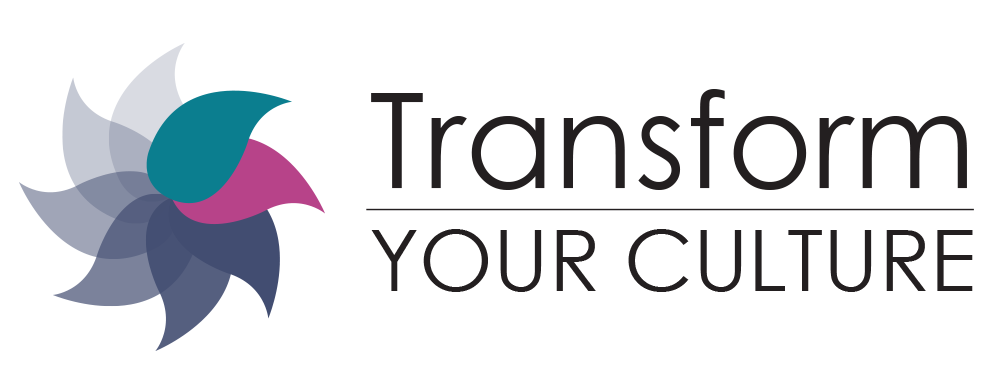We are all infected with worry and especially now at this time of Covid. We have unforeseen challenges from all sides – financial, career, education, personal, interpersonal and last but not least – fear of disease and death. On top of that, we were all probably dealing with some level of self-doubt already, that has been multiplied by the additional insecurities and unknowns of our current lives.
While we can’t change the basic external forces, we can take this time as an opportunity to explore how we can handle these pressures with a new understanding of fear itself. We can make a determination to uncover the natural stability and confidence that lies beneath our worry and doubt and discover reserves of energy that we are cut off from when in fear.
Step #1: Appreciate the purpose for fear and worry
Our fear response – better known colloquially as “fight/flight/or freeze” is a result of our brain trying to keep us safe. Whenever the brain analyzes a situation – whether it is actually happening or we imagine that it is going to happen in the future – it takes the view of the worst case scenario, preparing us for the “bad” outcome so that we can avoid potential danger.
In a way that might seem helpful….but this negative bias has several unintended consequences.
- Often the worry is unnecessary, yet because of worry or over-reaction, our nervous system gets a jolt of hormones that cause us to get agitated and anxious and worry even more. This can become a habitual loop which keeps us in an anxious and stressed state even when nothing truly dangerous is happening to us.
- Our lives become more constricted. Almost everyone worries about failure at one time or another. But, if we allow this worry to rule our lives, not only are we over-emphasizing the negative, but we develop a story to protect ourselves from even trying anything new or challenging. We narrow our world and shelter in limiting beliefs. This is the familiar story we tell ourselves that stops us from facing failure because we choose not to even begin. The story of, “I am not enough.”
Step #2: Be brave and allow yourself to feel the emotion of fear
This is a practice of simply acknowledging the fear– of allowing yourself to be aware of the feeling and not resisting it. This is a mindfulness practice that allows us to relate directly with our experience. Why is this helpful?
- When we resist or push down a feeling we are giving it energy and it only gets stronger…and certainly pops up again.
- When we allow something to just “be” – we are giving ourselves and the feeling space – and as we know, with more space there can be relaxation. We might even create enough space to question, “Is this true?”
Also, when we are using awareness to acknowledge the feeling that we are having, we can see that the feeling is a very strong thought. It is not solid or real. We can create even more space by recognizing that the fear or worry is not the entirety of who we are. We can move from “I am afraid” to “I am having the feeling that I am afraid.”
Step # 3: Be kind to yourself and allow yourself to be curious
As we relax our anxiety even slightly we can deepen our awareness with a feeling of kindness and curiosity. You might want to put your hand over your heart – signaling to yourself a shift from head/brain to body/heart. Often this physical gesture triggers a shift toward love or openness – freeing us from the reactive constriction of fear.
Ask yourself:
- Am I feeling unlovable, unworthy or incapable?
- What do I need right now to feel secure, worthy and loved?
Be kind to yourself and give yourself whatever it is that you need at that moment as you hear the answers that your innate wisdom provides.
You can plant the seeds of positivity in yourself with whatever words seem appropriate: Here is an example when you are afraid of taking on a challenge for fear of failure:
“May I feel safe, secure and worthy of what life is offering me”
Step #4: Open and expand your awareness to include others
As you open our heart, recognize that you are not alone. All people feel vulnerable and struggle with this experience. In fact, once you take the focus off of yourself, there is a genuine lifting of the weight of self-concern – which is at the root of all the worry.
When you shine your light, care and concern outwards towards others, your natural compassion automatically soothes you as well.
Step #5: Continue on the journey of self-discovery
Repeat steps 1-4 with every fear and limiting belief. As you continually take these steps, you are revealing to yourself your personal limiting beliefs and allowing them to be dissolved by the power of your own natural wisdom and compassion.
What is revealed under your worries is a base of personal certainty and confidence that was there all along. This is the journey of life, the truth of your inherent nature that meditation practice reveals.
If you would like to try a guided meditation “Unconditional Confidence” that I wrote to help with re-connecting with this space of your being, you will find it here
I truly hope that you will find ease and energy by using this process to relax your mind and overcome the fears that hold you back.


